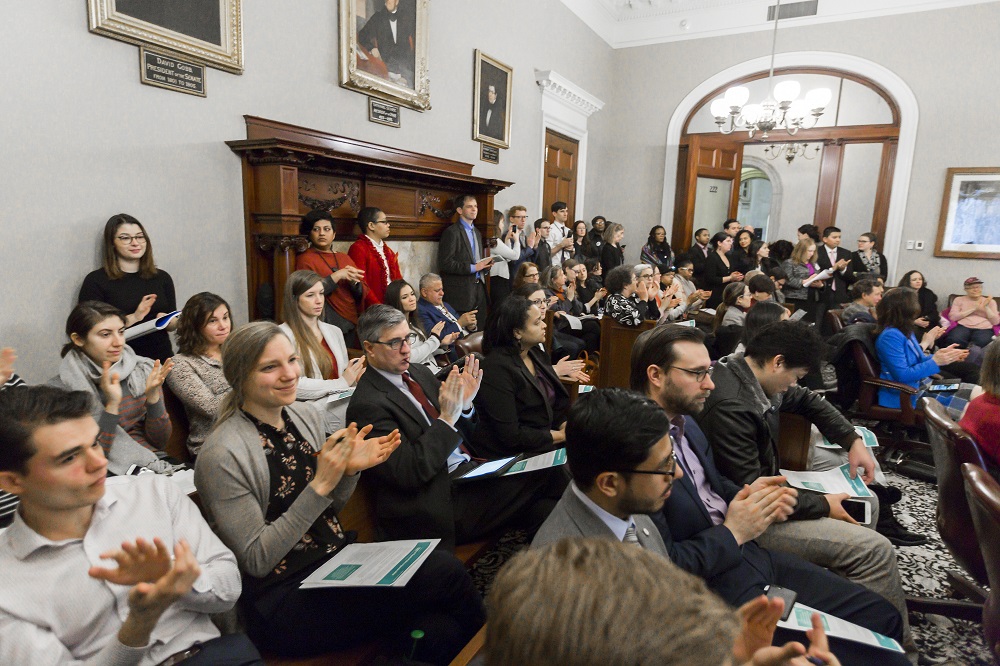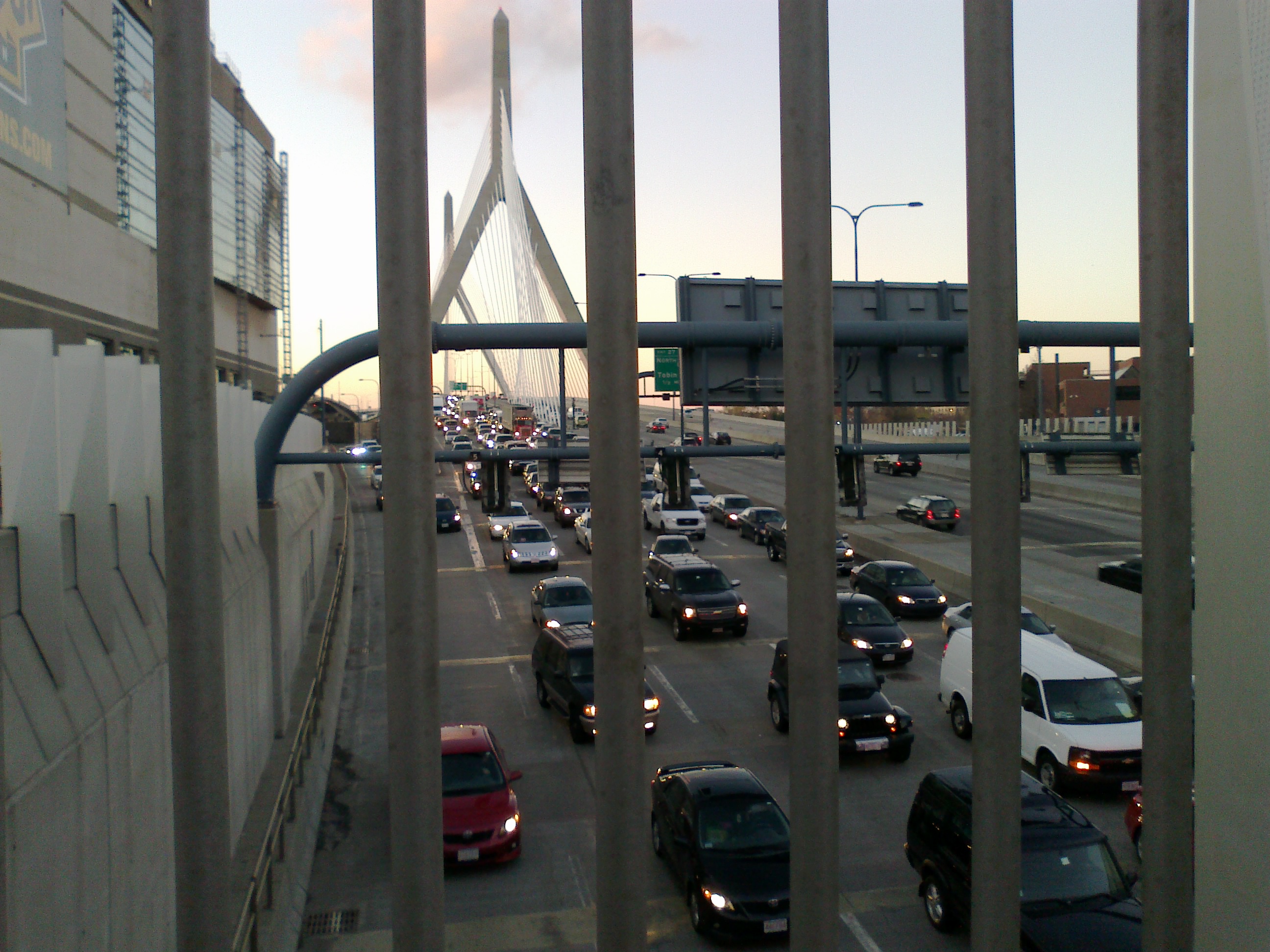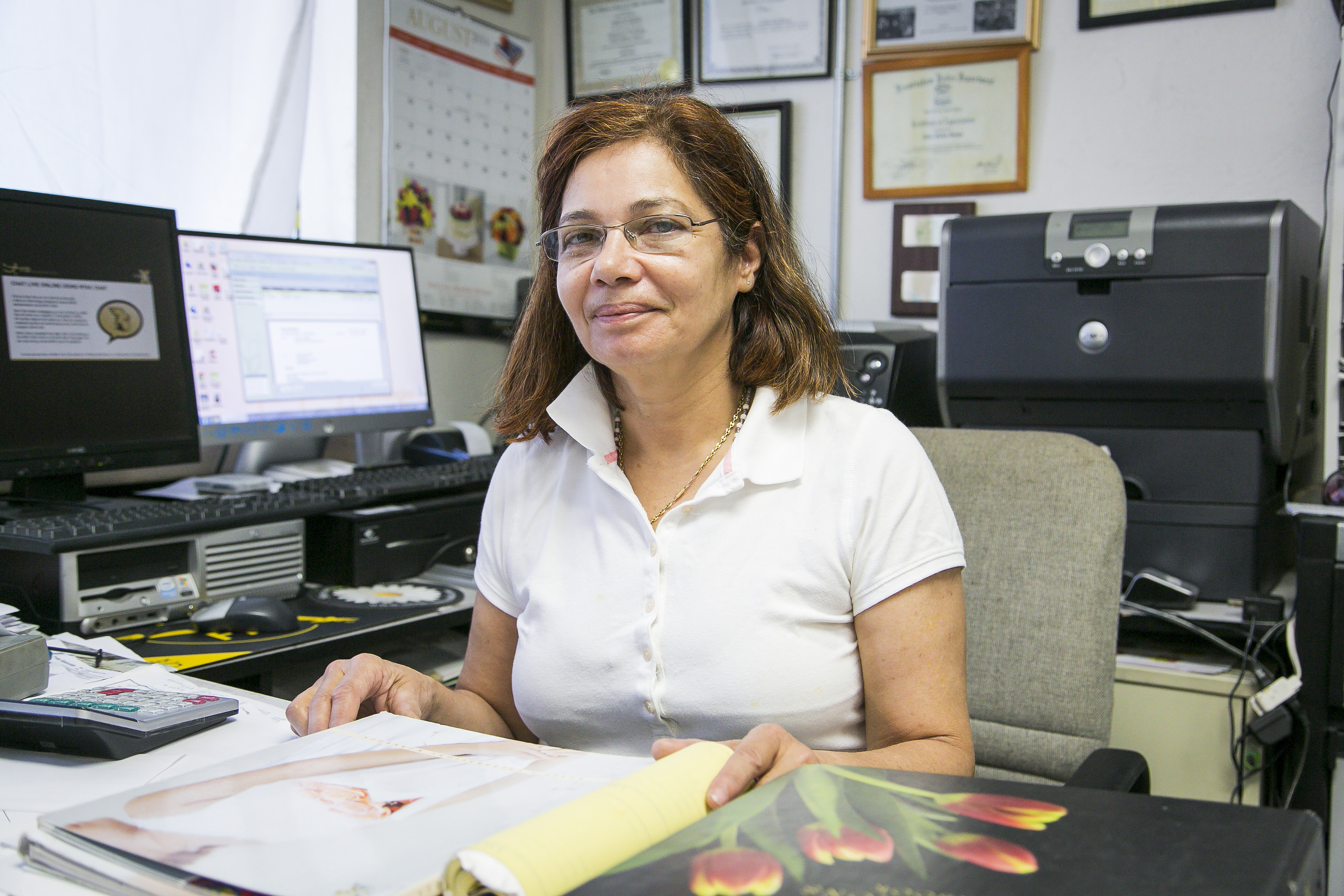Dynamic & Representative Government
- The Vision
- Policy Recommendations
- How We Got Here
- Challenges
The Vision
- we imagine a future where all governments are forward-looking, collaborative, able to adapt to changing circumstances, and inclusive. Creative partnerships are formed across governments and with non-governmental institutions to address our region’s challenges. Local, regional, and state governments make the investments needed and are able to manage our vital assets such as transportation, water and wastewater, and parks. And governments provide a meaningful opportunity for their residents to participate and share in decision-making.
- local governments work together, often across municipal lines. Elected leadership and staff reflect the region’s diversity. Everyone can participate in government and take part in decision-making. Municipalities and regional entities are structured, sized, and have the capacity to address significant land use, mobility, and sustainability challenges effectively. They have the financial resources to address both our regional and local needs and the flexibility to raise the funds they need to accomplish that goal. Governments and health, educational, social service, and commercial enterprises act as partners, systematically supporting the region’s residents. The Commonwealth provides the guidance, incentives, and support needed to achieve the goals of the region and its local communities. All levels of government work together to make Metro Boston one of the healthiest, best educated, most equitable and resilient regions in the world.






